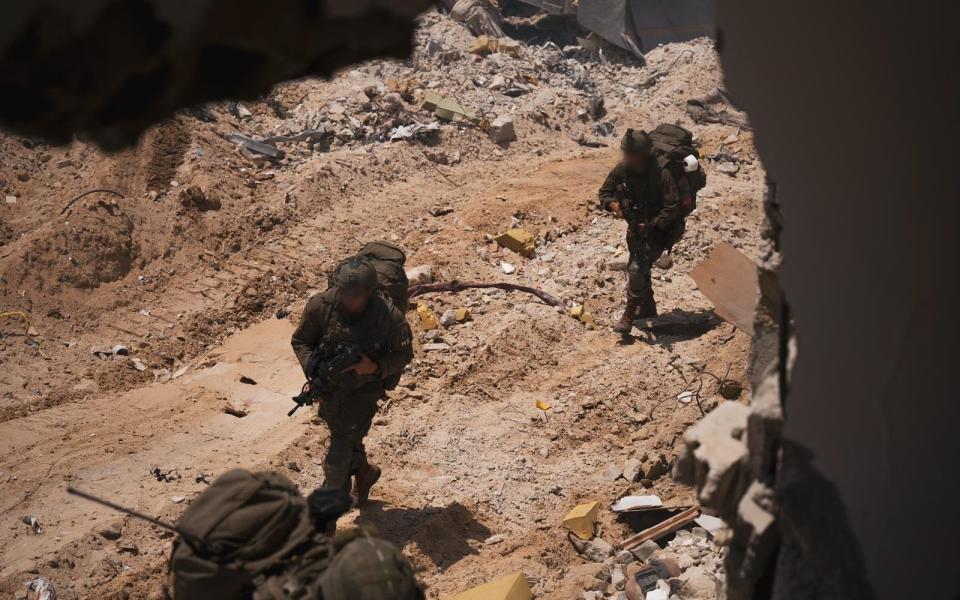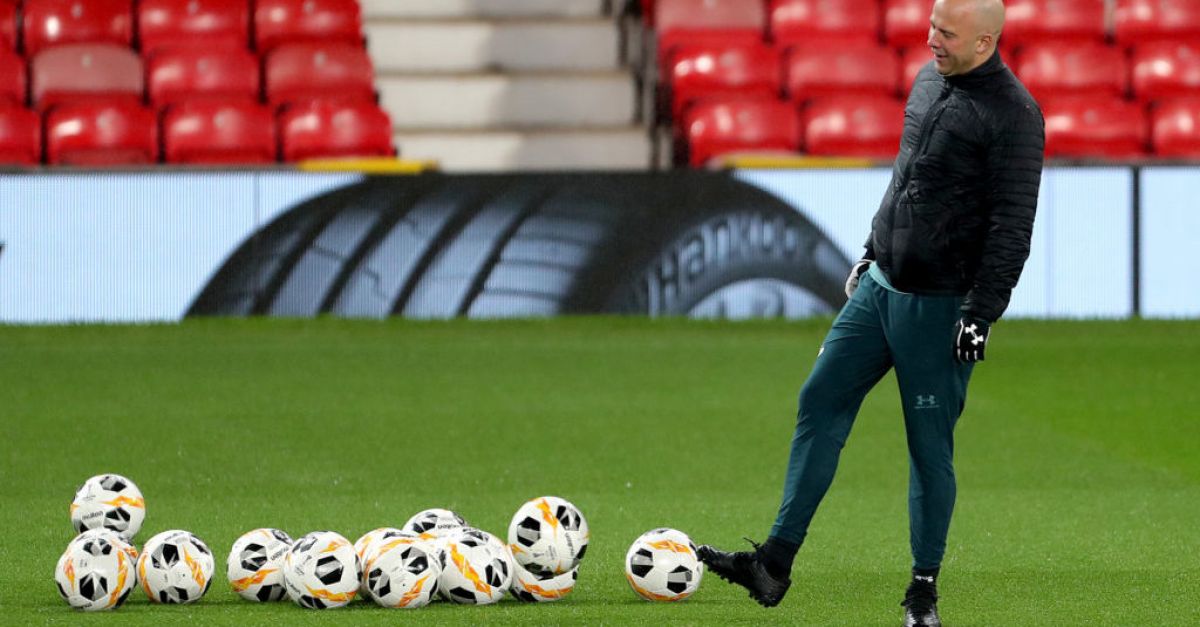British surveillance drones are reportedly helping search for Gaza hostages as part of the “largest intelligence effort ever conducted by Israel”.
A senior Israeli official briefed The New York Times that British and American drones have been able to provide information that Israel’s drones do not collect, without specifying details.
The sheer number of American MQ-9 Reapers, in particular, over the skies of the densely populated Gaza Strip has helped to monitor the territory more frequently and for longer periods, to scour for any clues as to where the hostages may be being held.
British military and intelligence officials are also reportedly playing a key role in tracking the remaining hostages’ movements and establishing patterns that could help determine windows of opportunity for rescue operations.
Israel had a fleeting moment of joy on Saturday after hundreds of its forces freed four hostages, who had been kidnapped from the Nova music festival and were being held in two separate residential buildings, in Nuseirat, central Gaza.
However, national elation at their safe return soon morphed into growing pressure on Benjamin Netanyahu’s coalition government to secure the release of the remaining 120 hostages, both dead and alive.
Some 251 people were believed to have been captured in the surprise assault by Hamas terrorists on October 7.
A temporary ceasefire agreement in November allowed 105 of them to be released, in exchange for Palestinian prisoners held by Israel.
Since then, 43 have been officially declared dead. Privately, Israeli officials estimate fewer than 60 are still alive.
In the early days after the attack, US and Israeli intelligence and military analysts formed a “fusion” cell to share imagery from drones and satellites that could help with the search for hostages, the New York Times reported.
However, Israeli and US officials say the weekend raid may have caused Hamas to switch tactics and move more hostages into a network of tunnels beneath Gaza.
The location of many captives is still unknown and, to date, just seven have been rescued, highlighting both the difficulty of detecting them and the treacherous nature of recovery missions.
Images of multiple civilians, including women and children, who were killed by back-up airstrikes during the high-risk hostage extraction operation on Saturday have caused international outrage. One Israeli commander was also mortally wounded in the gunfight.

Following the complex raid, which was weeks in the planning, the Israel Defence Forces said the best way to secure the release of the largest number of hostages was through a deal.
Families of the hostages have also demanded the government do more, and tensions within Israel are rising.
On Monday, a shouting match erupted in a parliamentary finance committee between Bezalel Smotrich, the hardline finance minister, and relatives of hostages still in Gaza, when he said Israel could not agree to a deal that would release hundreds of Palestinian prisoners and lead to “collective suicide.”
According to Israeli media, one family member demanded that Mr Smotrich and Knesset members take the hostages’ places.

Signup bonus from





